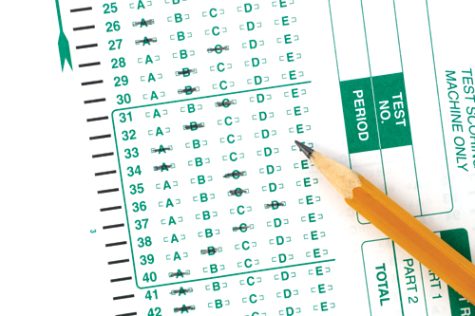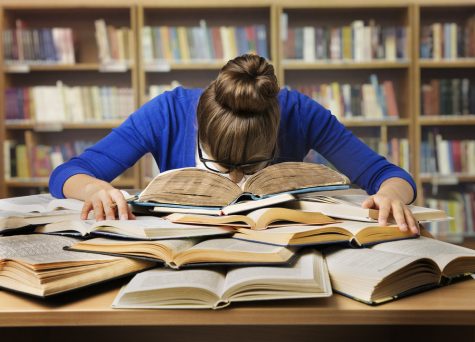Best Strategies for Test Preparation
June 6, 2022
State testing and finals are right around the corner, but how can you prepare? Well first of all, study! Remind yourself of all the important information you have learned to ensure your brain is refreshed. But studying isn’t the only thing students should be doing to prepare. It is extremely important that students get enough sleep to recharge their bodys in order to work their brains effectively. Surface level information isn’t always enough to ensure that you are studying and sleeping well. It’s time to learn some tips and tricks on how to sleep and study so we can prepare our brains for a tiring week of testing and finish off the year with an A plus!
Every student has probably studied for a test or a quiz before, but has every student done it right? The answer: probably not. One of the biggest mistakes students make when studying is that they do all their studying at the last minute and stay up for hours cramming it all in. This is extremely counterproductive because your mind is probably exhausted and not able to take more information in and remember it all the next day. According to educationcorner.com, a website that gives resources to teachers, students, and parents to help enhance learning experiences,“Studies show that students who spend more upfront time studying and less time cramming the night before typically perform better on tests.” Studying at the last minute often results in studying till exhaustion. Scholarsed.com, a website that creates personalized programs for students, tells us “ Over studying can cause mental distractions and make it difficult to retain information.” This is why it is so important for us to study hard and relax even harder.
It is also important to set up a study guide right. herzing.edu, the website for Herzing University in Wisconsin, shows us a great way to organize your information in three to four simple steps so you can get all the facts you need on paper.
- Step 1: Divide your paper into two columns, with the right column having significantly more space than the left column.
- Step 2: On the right side of your paper, list the most important concepts or terms from each chapter or lesson that will be covered on the test. Underneath each item, provide a summary or description. You can also include examples from the text that will help you remember the material.
- Step 3: On the left side of your paper, write cue questions that correspond to the information on the right. Then, cover up the right side of the paper and see if you can answer the questions on the left.
- Additional Step, Vocabulary: If there is a vocabulary section on the exam, dedicate a portion of your study guide to key terms and definitions. Even if there’s not a vocabulary section on the exam, it’s still important to know key terms for when they appear in the context of a question.
Using these tips, you and your peers will be ready for any pop quiz or big tests that come your way.

After all that studying it is important to relax your body and mind with a good night’s sleep. Most people know that sleep benefits your health, but for a test? How does that work? Well, studying can enhance your memory and help you with decision making.Information provided by HuffPost, a national news site, tells us “ Research suggests that proper amounts of sleep can help your brain stay sharper and boosts your power of recall. “They also say that “ Research shows your shuteye can influence your decisions. Scientists found that a period of unconscious thought — not unlike sleep — can help aid better decision making. “ Remembering information and being able to decide on an answer quickly are two key parts of getting the A+ we know MBMS students are capable of. If you are ever having trouble sleeping, don’t worry just yet! An article written by a medical information website, healthline.com, tells us 2 of the major tips for catching Z’s. First, lower the temperature of your room. When you sleep or lay down, your body naturally cools itself, so in order to get your body in a sleepy mood, keep the temperature low. Next, use the 4, 7, 8, breathing method. To do this just follow 4 easy steps.
- Empty your body of all its air
- Breathe in through your nose for 4 seconds
- Now, hold in the air for a total of 7 seconds
- Next, exhale through your mouth with force for 8 seconds.
Repeat this method as many times as you please and do what works best for you.
Students, remember the importance of working your mind and relaxing your body in order to see the most positive results possible from all of your hard work and effort.
